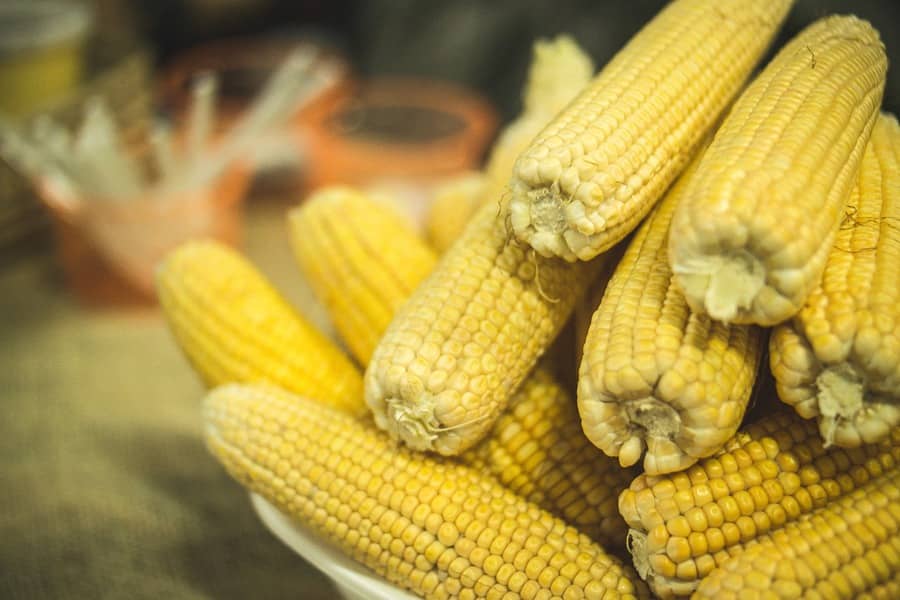Porto Alegre, January 29, 2024 – The harvest by corn of the 2023 season is advancing in the western section of the South region. Initial yields were slightly lower due to excess rain, but later harvests significantly modified regional averages. In any case, it seems that we will have slightly lower-than-expected averages or a normal weather condition in the region, while in other locations in the Southeast and Goiás, the harvest will bring a better assessment in the coming few weeks. The trading design seems to be more defined: the decision to accelerate corn sales to retain more soybeans in the expectation of some variable that will recover prices.
While the summer crop is still being defined, we clearly notice the trivialization of market information in Brazil. Some inexperienced institutions, without any tradition in harvest surveys, are releasing numbers extremely exaggerated, while others are just trying to stand out in the media. Moreover, situations of projections of excess or scarcity of a commodity trying to give the market or growers an erratic view of the situation, for some purpose at this time of trading decision. The most recent one was the information that there will be a corn shortage in Brazil in 2024, so simple-minded and reckless that it is ignored, but undoubtedly tries to influence the growers’ decision to plant the 2024 crop.
While information is disclosed, prices ignore such distortions and keep falling, both on the Chicago Board of Trade and in the domestic market, and it would be more prudent and professional to give the correct information to growers instead of the disservice provided to trading decisions. Indeed, this is a situation that has occurred over the last two years and that has led growers to miss fundamental profitability opportunities.
This January closing presents another section of central banks’ decisions. On the 31st, the Fed will have its first meeting of 2024. After the bias of two interest cuts for 2024 appearing at the December meeting, the financial market now has doubts as to whether this first cut will be able to occur at the March meeting. So, this Fed’s decision in January will not change interest rates but it will confirm or not the bias of expectations, given by the market to the market itself, that there will be an interest rate cut in March.
If a decision is made to announce the first interest rate cut in March, rather too early, we could see a greater devaluation of the dollar in a basket of currencies. The dollar index has stabilized close to 103 points in NY and awaits the central bank. If the decision is not to cut interest rates in March, the dollar may remain stable or stronger, awaiting the new indicators for 2024, such as inflation and employment.
For the real, this movement is important. Also on January 31st, Brazil’s Central Bank will bring an 0.5% cut in the Selic rate, already scheduled since the December meeting. This Selic cut has already been absorbed by the market. New interest cuts in Brazil, without being in line with the international context, could drive the country away from the target of foreign investments and require more from the trade balance to equalize external accounts.
The additional setback, as we have already pointed out, is public expenditure. The government has a record primary gap in 2023 and will remain so in the first quarter of 2024, in which public accounts should point to a terrible result in terms of public spending. Inflation beginning to show signs of recovery is just a convergence of the erratic economic policy that began in 2023.
In a more comfortable situation and with good monetary policy direction, the real could have already appreciated, with the dollar certainly below BRL 4.80. Interest cuts in the United States and the dollar’s behavior abroad could bring some appreciation to the real, with the dollar once again moving toward the level of BRL 4.80. Without this, the only positive point for the Brazilian economy to avoid a strong devaluation is the excellent trade balance of 2023.
Follow the Safras Agency on our website. Also follow us on our Instagram and Twitter and stay on top of the main agribusiness news!
Copyright 2024 – Grupo CMA

